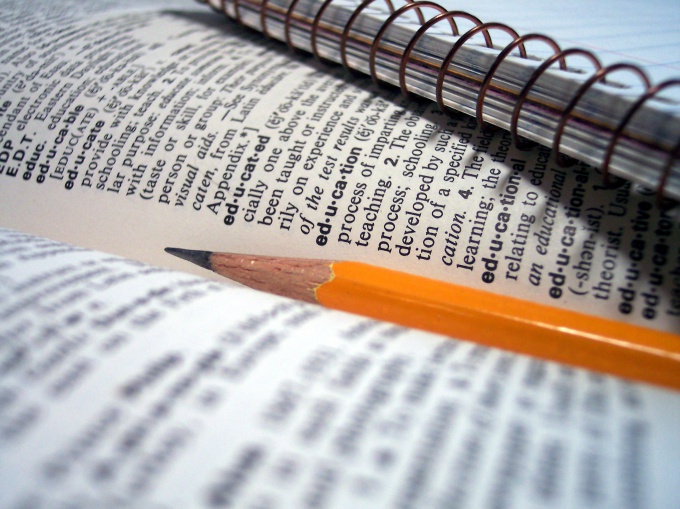Instruction
1
Discover the book that you want to remember. At times, reading the book from cover to cover does not make sense (unless, of course, not the artwork). To remember important facts from the book, flip through it, read the headers, find the eyes of key words and ideas and, if possible, write some phrases into Notepad, if necessary, to refresh your mind with the right information. This method is suitable when studying lectures or any other material before the exam. After a preliminary acquaintance put the book for about 30 minutes, to give information straight to the head. You can then delve into reading the right chapters.
2
Read in a quiet and peaceful place. Make sure you can immerse yourself in reading, at least for 20-30 minutes without a break. Sit assembled upright with your feet on the floor, and a book under the angle of 45-degrees towards you, use special delivery for books.
3
Learn to read several lines of text simultaneously. This can be achieved with a little practice. Our brain has the ability to understand the text when read both forward and backward, and even diagonally. Reading a few lines, you perceive the text blocks, and therefore then visually easily remember the units if necessary.
4
Be aware of what you just learned immediately after reading. Take a few minutes and even write down everything you can remember. The process of scoring or writing the information just read, helps your brain to fix the received knowledge. Besides, it once again confirms the fact that you managed to remember the material and keep it in mind.
5
Create clues to important points in the reading, so you can easily remember them. One of the proven ways to remember the material you read faster is to create a number of associations, or hooks, on which you can "hang" their memories. Any clue in the future will get out of your head unit right knowledge. For example, you can create a list of ten items and associate each of them with a certain object in your room. Visualization of these points creates the sequence of information in your head in relation to these items. This is a creative approach to memorization read but very effective. The mind tends to remember things in pictures that are more vivid in our memory.
Useful advice
When it comes to memorizing, it is important to find a strategy moving for you, whether the advice of experts or your own method of underlining in pencil. The absorption of any equipment will take some time, which more than recouped later in the process of using it.
